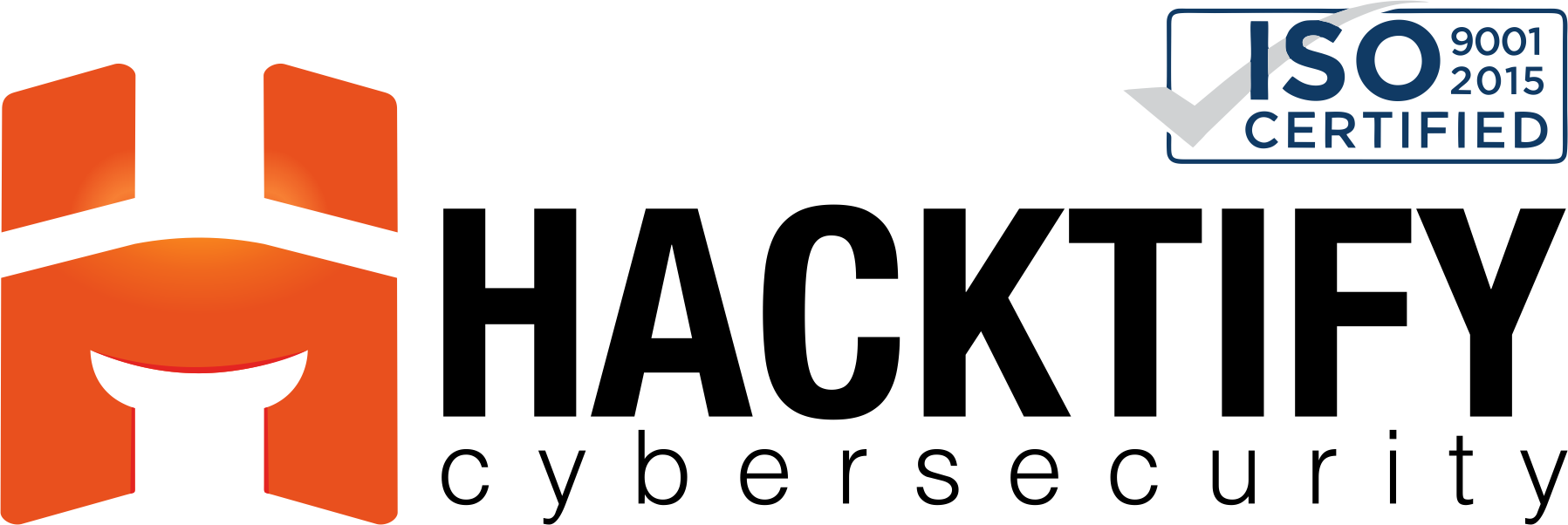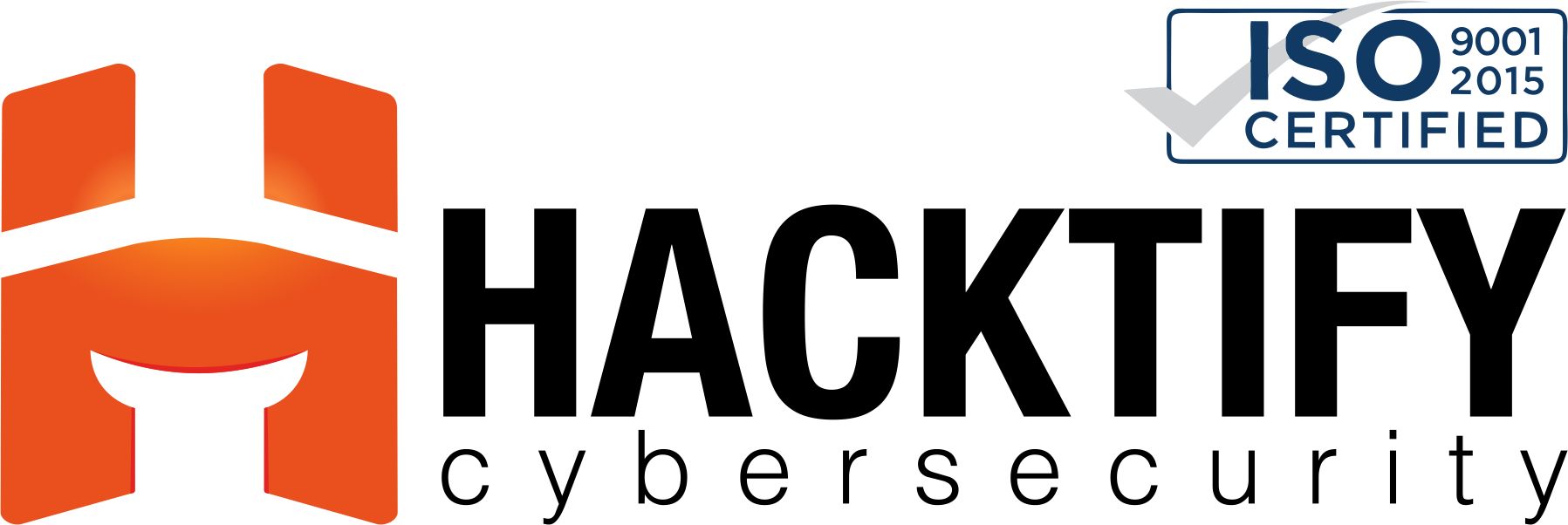Introduction
In an era where our lives are increasingly intertwined with digital platforms, securing our online presence is of utmost importance. One significant threat to our digital security is session hijacking. This stealthy attack allows malicious actors to take control of your active session on websites, potentially leading to unauthorized access and misuse of your accounts. In this comprehensive guide, we will explore the world of session hijacking, understand how it works, and discuss effective strategies to protect yourself against this threat.
I. The Basics of Session Hijacking
- Defining Session Hijacking: Session hijacking, also known as session fixation, is an attack where an attacker gains unauthorized access to a user’s session on a web application.
- The Significance of Sessions: Understanding the importance of sessions in the context of web applications.
II. How Session Hijacking Works
- Session Cookies: Explaining the role of session cookies in web sessions.
- Session Fixation: Understanding how attackers can manipulate session IDs.
- Eavesdropping: Exploiting insecure communication channels to capture session data.
- Cross-Site Scripting (XSS): Exploring how XSS attacks can lead to session hijacking.
III. Types of Session Hijacking Attacks
- Man-in-the-Middle (MitM) Attack: Intercepting communication between a user and a web application.
- Session Sidejacking: Stealing session data from a user on the same network.
- Session Fixation Attack: Forcing a user to use a session ID chosen by the attacker.
IV. Impacts of Session Hijacking
- Unauthorized Access: Attackers can access and manipulate a user’s account.
- Data Theft: Sensitive data and personal information are at risk.
- Financial Loss: Attackers can engage in fraudulent transactions.
V. Recognizing the Signs of Session Hijacking
- Unusual Account Activity: Identifying suspicious changes in your account.
- Frequent Logouts: Unexpected logouts from your account may be a sign.
VI. Defending Against Session Hijacking
- Use of HTTPS: Ensuring secure communication between your browser and the server.
- Secure Cookies: Implementing secure and HTTP-only flags for cookies.
- Session Expiry: Setting short session lifetimes to minimize exposure.
- Intrusion Detection Systems (IDS): Implementing IDS to detect suspicious activities.
VII. The Role of Multi-Factor Authentication (MFA)
- MFA Explained: Understanding how MFA can enhance security.
- Using MFA for Account Recovery: A secondary layer of protection.
VIII. Regularly Monitor Your Accounts
- Frequent Account Checks: Regularly review your account activity.
- Immediate Response: React promptly to any suspicious activity.
IX. Conclusion
Session hijacking is a concerning threat in the digital landscape. By understanding how it works and taking proactive steps to protect your online presence, you can fortify your defences and minimize the risk of falling victim to this stealthy attack. Stay vigilant, use secure practices, and implement multi-factor authentication to ensure your online security remains intact.
🧑🏻🏫 💥Stay Tuned and follow us for more:💥🧑🏻🏫
🧑🏻💻 Cyber Security School : https://learn.hacktify.in
🔗 Udemy: https://www.udemy.com/user/rohit-gautam-38/
🧑🏻🏫 Live Trainings: https://hacktify.in/#live_training-slider
🔐Github: https://github.com/shifa123
📌 Youtube : https://www.youtube.com/channel/UCS82DNnKOhXHcGKxGzQvNSQ
💬 Linkedin: https://www.linkedin.com/company/hacktifycs


